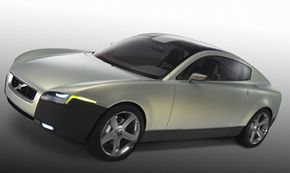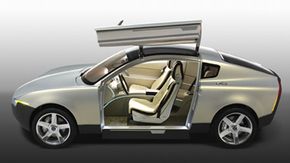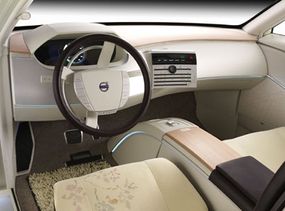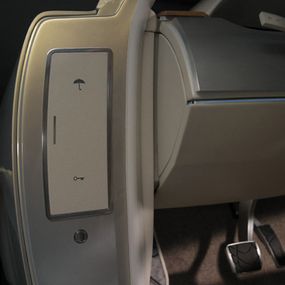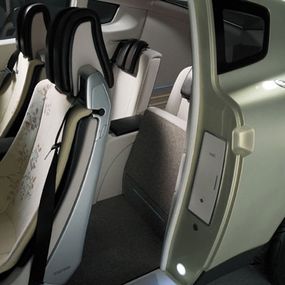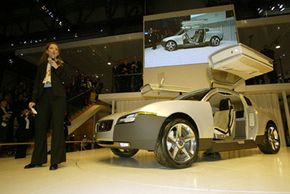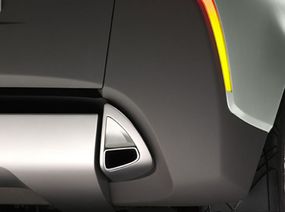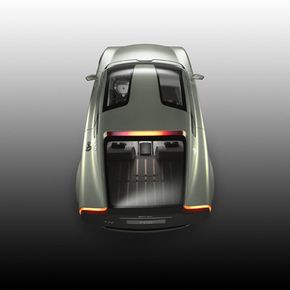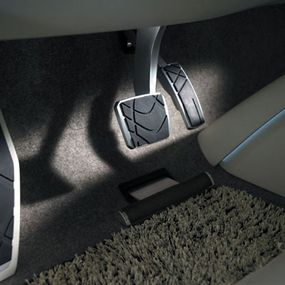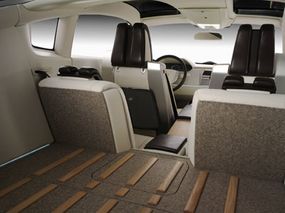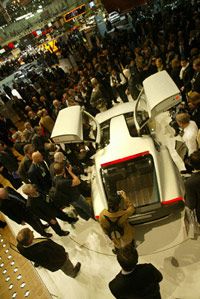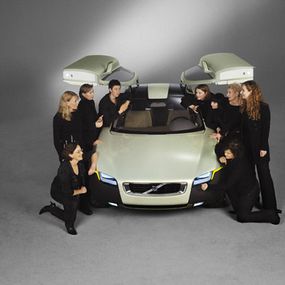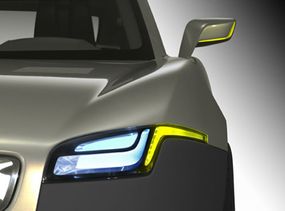The Volvo Your Concept Car (YCC), like all concept cars, provides the auto maker with a valuable testing ground to push the limits of new car designs. While the design of the YCC is filled with forward-looking ideas, the most innovative aspect of the car is not the design, but who designed it -- an all-woman design team.
Unveiled at the 2004 Geneva Auto Show, the YCC is the first concept car to be designed from start to finish by a team composed exclusively of women. Women are a growing market for the Swedish auto maker. According to Volvo, 54 percent of its U.S. buyers are women, and its female customer base in Europe is growing. With women identified as a key market, Volvo handed the drafting pencils over to those who best know what women want from their cars.
Advertisement
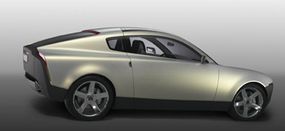
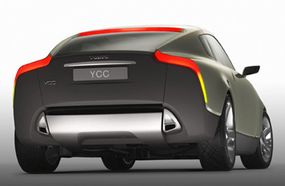
In this article, we'll take a look inside Volvo's newest concept car, and see what these designing women produced.
The YCC is a two-door sports coupe and is tame by some concept car standards (see the Toyota PM for a more radical concept vehicle). In recent years, Volvo has been rounding off and softening its traditionally boxier design. The YCC continues that trend, and is not far removed from a production design. While not yet ready for production, some of its design elements could soon be adopted in current models.
The front end is lower than a traditional Volvo and the fenders are in sight for better road vision. Additionally, the rear window extends to the extremities of the car, and the tail end slants back slightly more than the Volvo S series models. Together, these elements allow the driver to see all four corners of the car's exterior.
"We wanted to create a beautiful car," says Anna Rosén. "Not brutal, but tough."

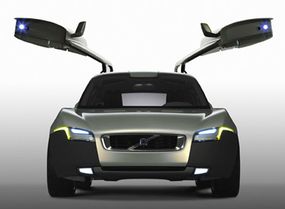
Most striking when looking at the car from the front is that it doesn't have a hood. The design team determined that their target audience doesn't need to look under the hood. The front section of the chassis can be lifted in a garage, but it does not open like a traditional hood.
There are two capless ball-valve filling points, like those of a racing car, that allow the driver to add gasoline and windshield washer fluid. These capless filling points eliminate the need for caps or latches, which were identified as nuisances by most female drivers.
Another radical element are the gull-wing passenger doors, which are intended to allow the YCC easier entry. The doors lift up overhead like the rear door of a hatchback. These doors are intended to ease entry into the back seat.
Additional exterior features include an Easy-Clean paint that behaves much like the coating on a non-stick cooking pan. Dirt doesn't cling to it as easily, and it washes off with very little effort. The car also features run-flat tires, so that it can be driven a safe distance after a puncture.
Now, let's open the YCC's gull-wing driver-side door and step inside to look at the interior.
Advertisement
